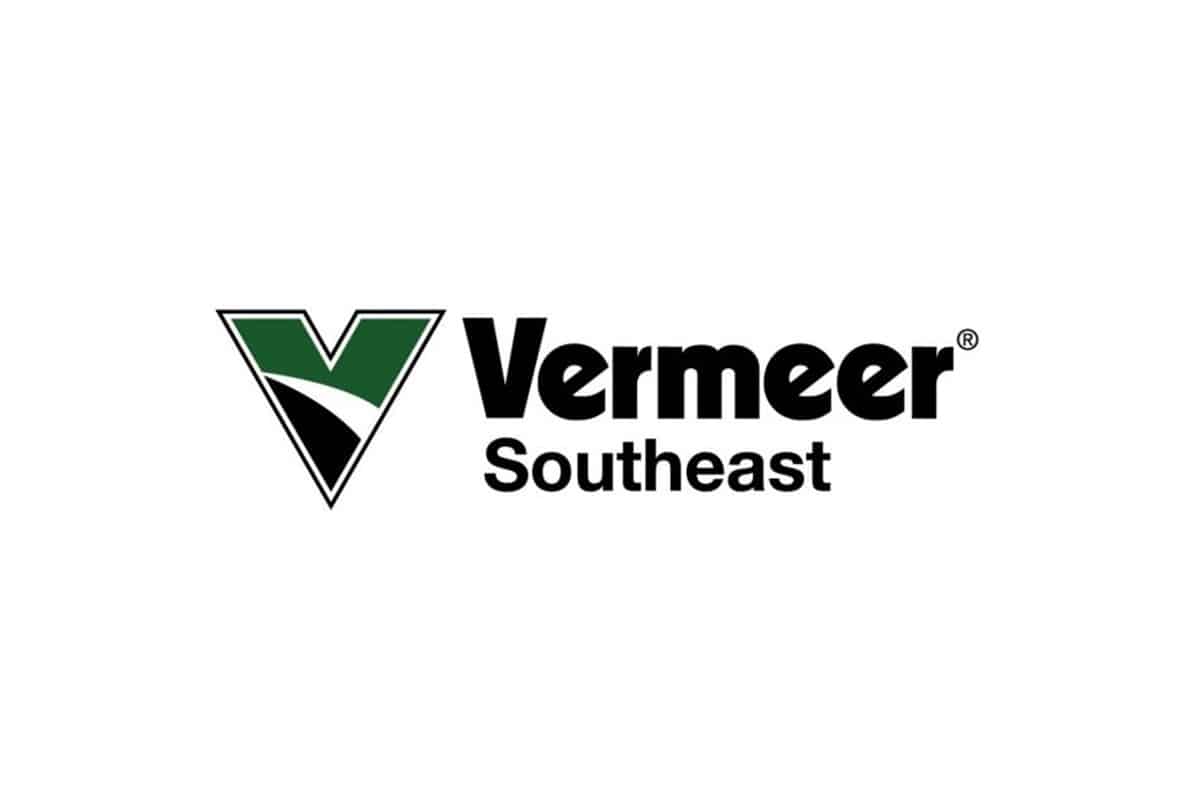How Build Back Better Plan Could Create More Water-Related Jobs
 By Jane Marsh
By Jane Marsh
Most of us were looking forward to 2020 with a growing sense of optimism. The new decade was supposed to bring all sorts of opportunities, but what it actually brought was a global pandemic that left governments scrambling to cope.
One thing that came out of the pandemic was the US’s Build Back Better plan, a three-part, $7 trillion combination package that is supposed to provide COVID-19 relief as well as supporting future economic growth and infrastructure plans. How can the Build Back Better Plan work to create more water-related jobs?
Understanding the Build Back Better Plan
As of August 1, 2021, the American Rescue Plan is the only part of the Build Back Better program that’s been signed into law. The remaining two sections — the American Jobs Plan, which is supposed to support infrastructure and create upwards of 10 million clean-energy jobs, and the American Families Plan, which is supposed to invest in areas related to children, childcare, and education — are still in legislative limbo. Some features of the American Jobs Plan did pass both the House and Senate as part of the Infrastructure Investment and Jobs Act.
The Build Back Better agenda includes seven goals, which President Joe Biden laid out before his January inauguration:
- Build a modern infrastructure
- Help the U.S. Auto Industry “Win the 21st Century” with US-Invented technology.
- Eliminate carbon pollution in the power sector by 2035
- Invest in energy efficient buildings, including 4 million retrofits and 1.5 million new affordable homes.
- Invest in clean energy innovation.
- Work to advance sustainable agriculture and conservation.
- Secure environmental justice and equitable economic opportunities.
Many of these goals present complex challenges by themselves. Eliminating carbon pollution in the energy industry, for example, will require either finding alternative power sources or taking steps to reduce the energy being consumed, while demands are still going up.
The industrial sector alone is expected to use 36% of the country’s energy by 2025. Many of these goals complement each other but the country as a whole still has a long way to go before they’ll start to become a reality.
Bringing New Jobs Into The Water Industry
America’s infrastructure is in need to repair. The American Society of Civil Engineers (ASCE) assessed both potable and wastewater systems in 2021. Of the 3.5 million kilometers of pipe they assessed, ASCE experts found that the system was losing an astonishing 23 billion liters of potable water every day.
The drinking water system earned a C- on the ASCE’s report card. The dams and stormwater treatment systems scattered around the country both earned a D, putting them far down toward the bottom of the pack. While finances are part of the problem, throwing money at the water infrastructure in the country isn’t going to fix the problems.
The people who have dedicated their lives to supporting this aging and ailing infrastructure are themselves aging. There are many states that will likely see half or more of their water industry staff retire in the next decade.
The Build Back Better plan, in addition to creating new monetary incentives to support the water industry, can also help to incentivize this career for young professionals who might not otherwise consider a career in infrastructure.
The plan’s push toward creating green alternatives and reducing carbon emissions may also lead to a resurgence in options like rainwater harvesting for both commercial and residential spaces — another specialty that will require a new generation of skilled professionals to handle.
Build Back Better to Support a Brighter Future
It might be challenging to start thinking about the future when we’re spending so much time indoors to prevent the spread of a dangerous virus, but the pieces are beginning to fall into place.
The Build Back Better plan is just the first piece of the puzzle, and while its primary goal is to support careers that will build up the green energy industry, this will have plenty of trickle down effects that will help to reinforce existing sectors.
Author Bio: Jane Marsh is the editor-in-chief of Environment.co where she covers green technology, sustainable building and environmental news.
RELATED: Leadership Through Management At The Construction Site Tags: Infrastructure





